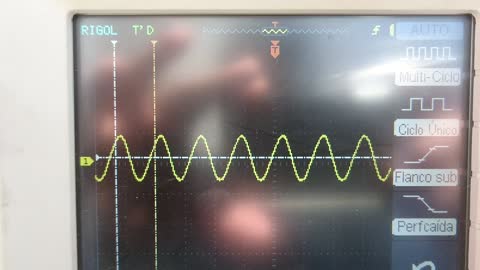Hi Ken,
You have been really helpful in every step. I read all the instructions and followed it. The diagnosis is as below
1) I checked the wiring right till the connector that goes to the ECU.
2) Even the wiring was okay. I replaced it with a new one and now it has new wiring.
3) I checked the output voltage of the sensor which is of course an AC signal and it reaches till 5 volts or above corresponding to the acceleration. This voltage reached until the connector it the ecu without any issue.
4) I tested the car, still it has absolutely the same issue as before. One of the cylinder of the engine stops suddenly as soon as I go above 2,500 RPM's. Below 2,500 RPM's I have no problems whatsoever.
5) So when the cylinders stop the engine starts shaking, still running, but loosing the power.
6) After that to get it normal, I have to turn off the car completely and restart it, and the everything works just fine.
7) Again if I go above 2,500 rpm's, one cylinder stops.
8) When I am on a highway and my car is on the down steep, of course due to gravitational force it goes by itself, and in that scenario if I do not accelerate and the car goes itself above 2,500 RPM's then at that time no cylinders misfires/stops.
9) At the same time when I am on a down steep and the car is above 2,500 RPM's by itself and if I accelerate little bit then one cylinder stops.
10) Since I have been having this issue since one year and no mechanic has been able to fix it, I have started my own diagnosis. So I have learnt a trick to avoid this. What I do is I just accelerate but not in an constant manner, so to say like ( imagine my foot is on the pedal) zuuuuuuuu.(One second break) zuuuuuuuu.(One second break). Zuuuuuu. And so on. In this way the car does not stop but my foot pains so much after an hour. Of course that is not the solution.
I do not know Ken. This is all I could give you the information. I am frustrated like crazy.
Please please please help me.
Thank you!
Regards.
SPONSORED LINKS
Tuesday, September 18th, 2018 AT 11:17 AM




